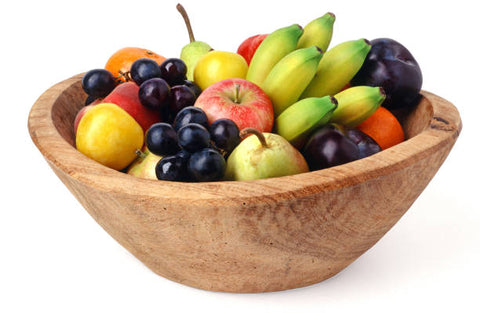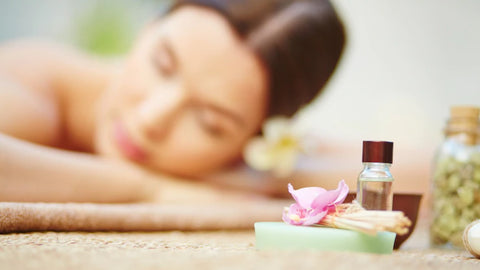Making your own organic soap can be a wonderful and rewarding DIY project. Here's a basic recipe to get you started:
Ingredients:
- 1 cup organic melt-and-pour soap base (you can find this at craft stores or online)
- 2 tablespoons organic carrier oil (such as coconut oil, olive oil, or almond oil)
- Optional: organic essential oils for fragrance and additional benefits. My favs are orange & tea tree or Lavender. They are fantastic for your skin!
- Optional: natural coloring agents like dried herbs, clay, or cocoa powder
Instructions:
1. Cut the melt-and-pour soap base into small, even chunks. This will make it easier to melt.
2. In a double boiler or a heat-safe bowl placed over a pot of simmering water, melt the soap base. Stir gently until fully melted and smooth.
3. Remove the melted soap base from heat and let it cool slightly before adding the carrier oil. Stir well to combine.
4. If you wish to add fragrance, use around 15-20 drops of organic essential oils.
5. For color, you can experiment with natural coloring agents like dried herbs (e.g. spirulina, turmeric), clay (such as French green clay), or cocoa powder. Start with a small amount and add more as needed until you achieve your desired color.
6. Pour the mixture into soap molds. Silicone molds work well, but you can also use other heat-resistant containers such as small glass jars or muffin tins lined with parchment paper.
7. Gently tap the molds on a solid surface to remove any air bubbles. Allow the soap to cool and harden completely. The curing time can vary, but typically it takes around 2-4 hours.
8. Once fully hardened, pop the soap out of the molds, and it's ready to use or give as gifts!
Remember to store your homemade organic soap in a cool, dry place away from excessive heat and humidity to ensure it lasts longer.
Feel free to customize this basic recipe according to your preferences. You can add exfoliants like ground coffee, dried herbs, or flower petals to create a textured soap. Just make sure to do some research on any additional ingredients you plan to use to ensure they are safe for skin application.
If you're new to soap-making, it's always a good idea to follow safety guidelines, including wearing protective gloves and eyewear, and working in a well-ventilated area. Keep in mind that some essential oils may not be suitable for certain individuals, such as those with sensitivities or allergies, so it's best to perform a patch test before using a new soap.
Have fun experimenting and creating your own organic soap!



